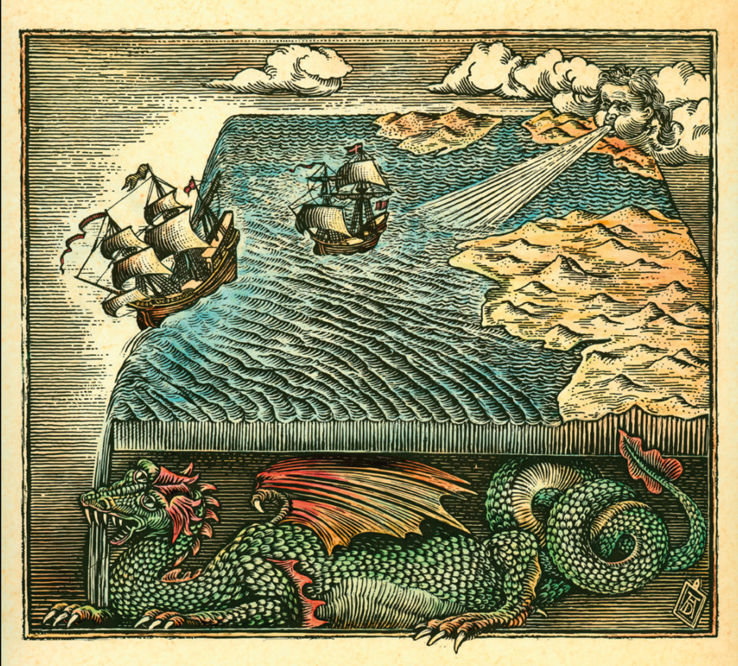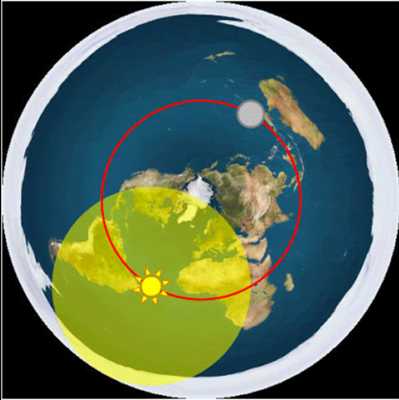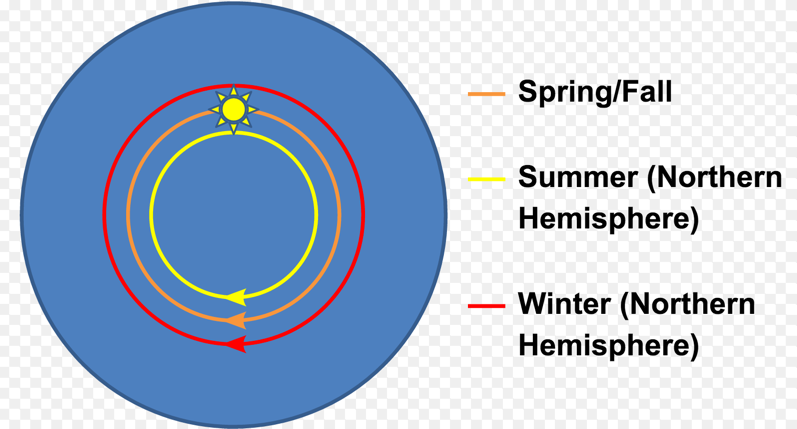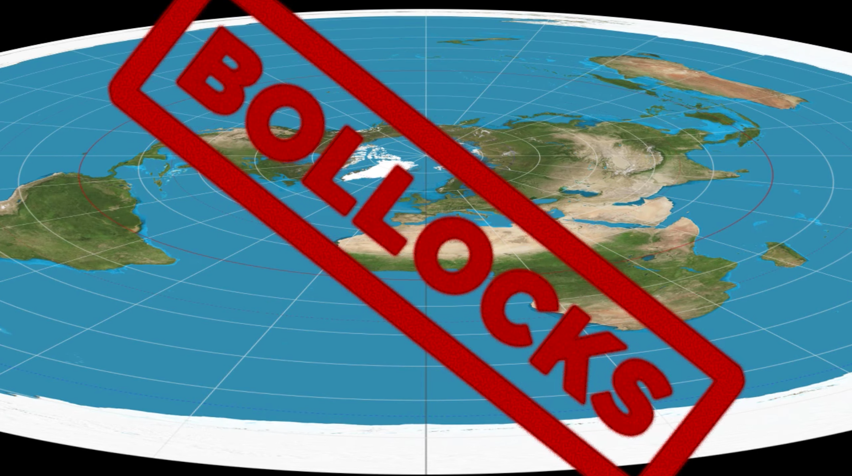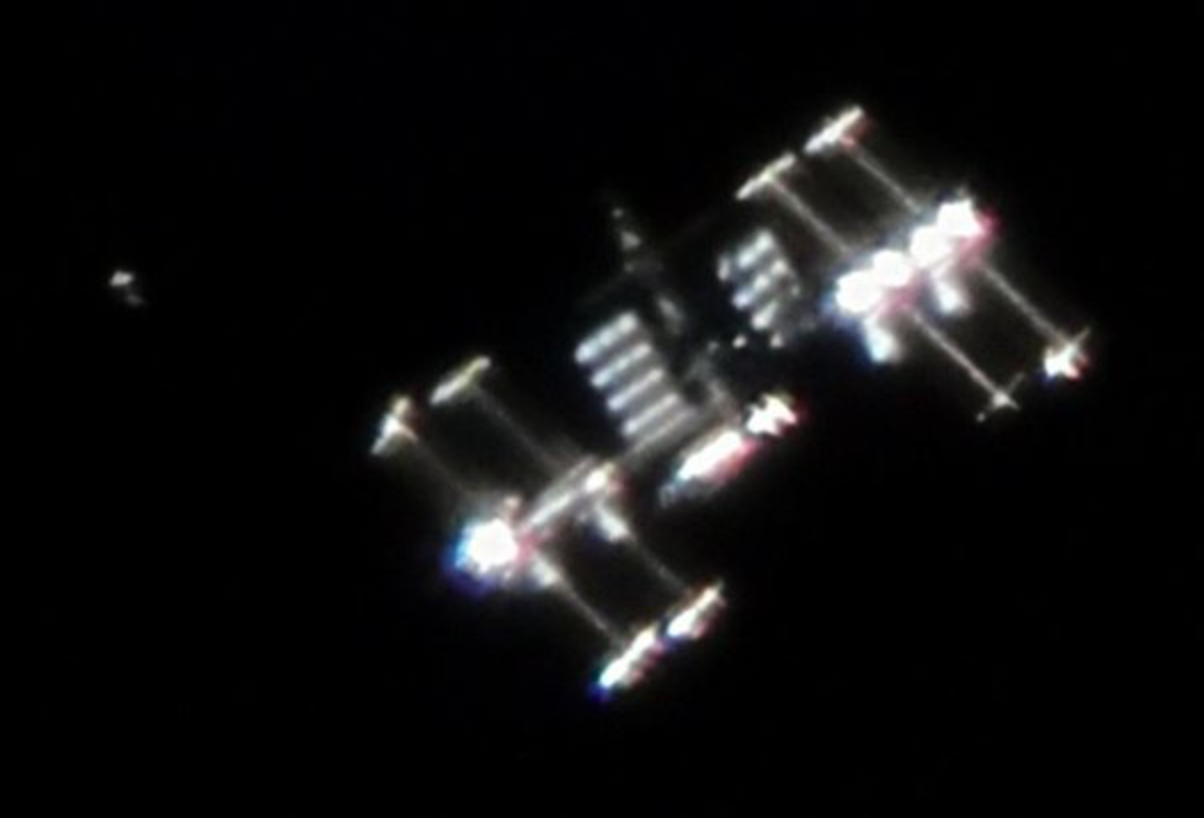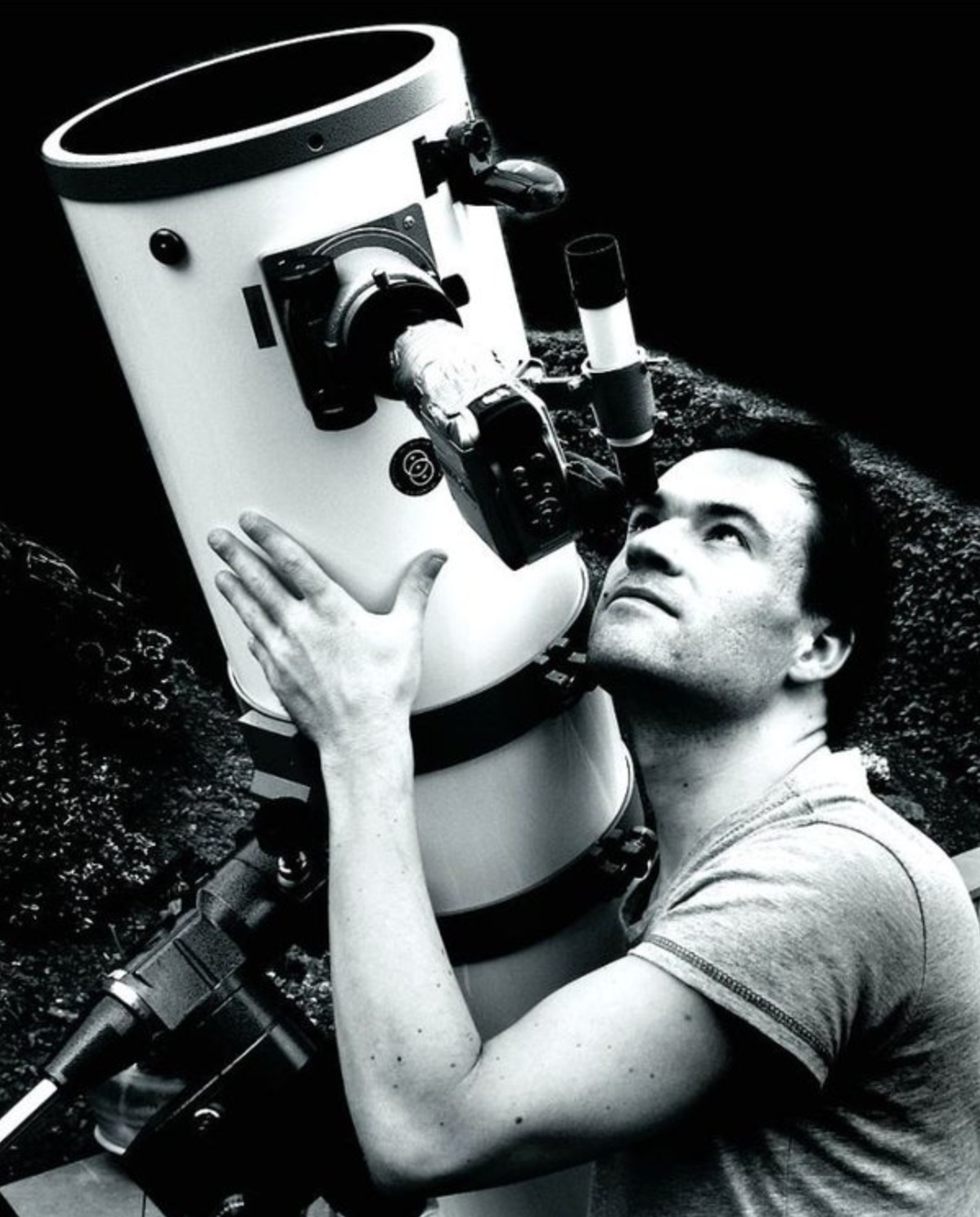International Space Station (ISS) distance, size and velocity determined from ground based parallax observations - another flat Earth talking point (no satellites in space) taken off the table - done with P900 and telescope
Sizing up the International Space Station Using the Moon
This landmark parallax study of the ISS as viewed from the Earth's surface confirms that it is real, and currently in orbit.
Experimental results conducted and presented by YouTube channels:
Astronomy Live (using Meade LX200 telescope)
https://www.youtube.com/watch?v=80y2LP1bWH4
Reds Rhetoric (using P900 camera)
https://www.youtube.com/watch?v=2zejiHaRhI4
and Vincent (using P900 camera).
Transit occured on March 3, 2018.
Abstract:
Altitude, size and velocity of the ISS determined by transit over the Moon, as seem at 2 different surface locations simultaneously.
Both observers see the ISS at the same time, at slightly different positions in the sky, due to parallax.
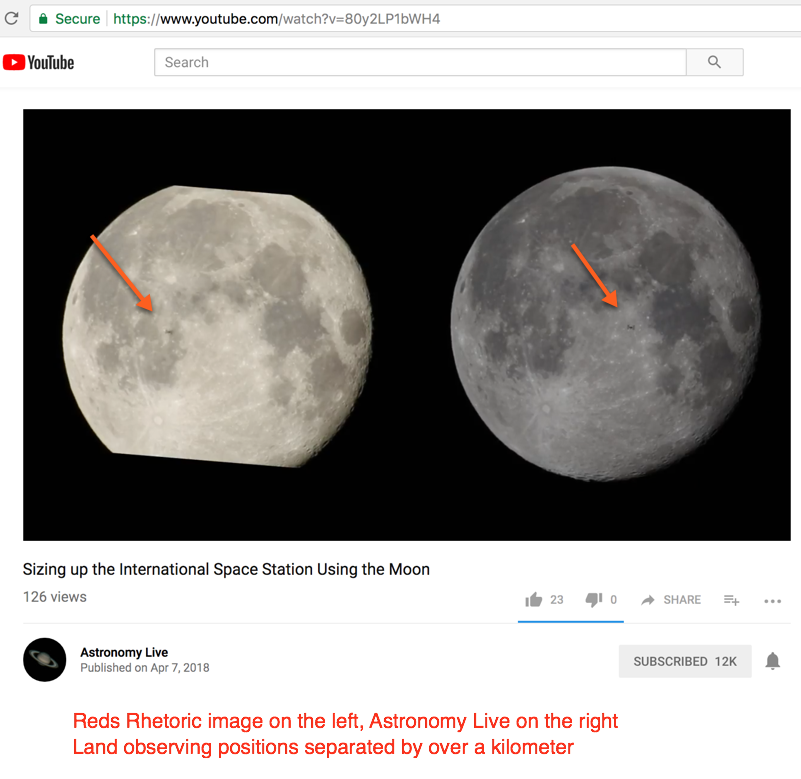
- -
Notice that in the image below, where Vincent and Astronomy Live are at the same location, the ISS appears at the same apparent position over the moon. NO PARALLAX because both observers are at the same Earth surface point.
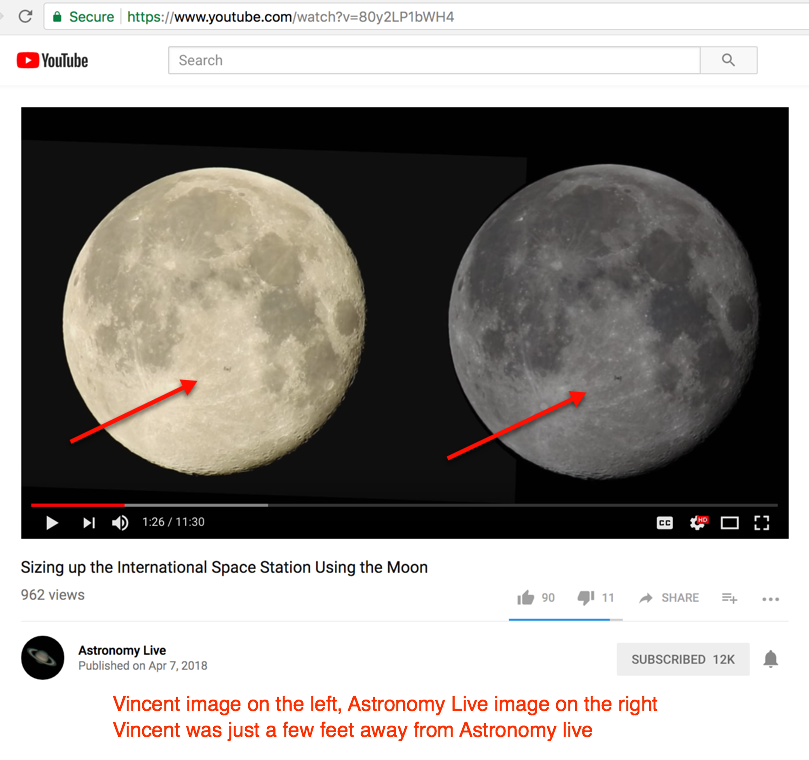
- -
As the ISS gets closer to the observers on the ground as it rises higher in their sky, the two tracks are correctly closer together at the bottom and farther apart at the top of the Moon.
"The difference in the path is due to parallax and we can use that to actually measure the range to the space station, and from that calculate things like the altitude of the ISS, the size, and the velocity.

- -
Location of both observers. Transit line is the red line. Green line is direct distance between Astronomy Live and Reds Rhetoric. The distance of each observer from the red center was needed and determined for the subsequent calculations.
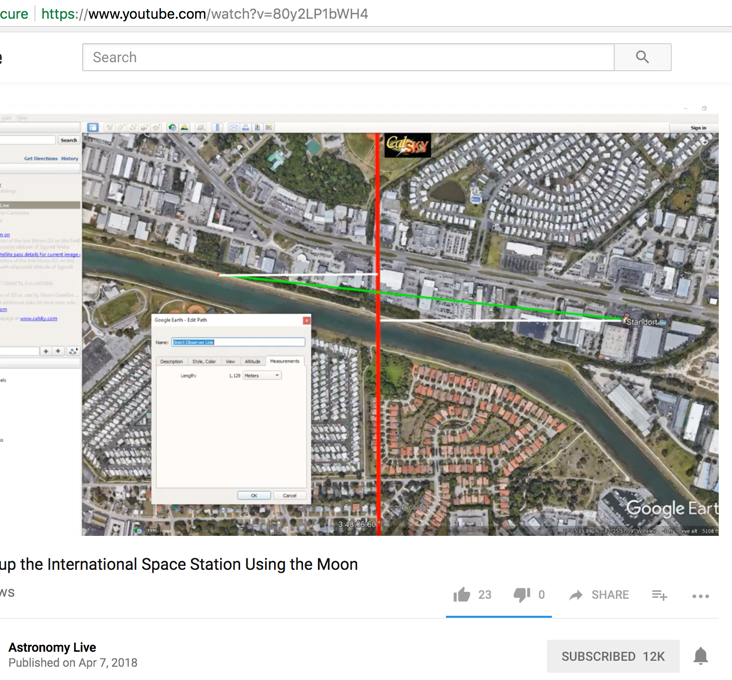
- -
Using astrometry (measurement of positions and motions of celestial objects) ...

- -
Now take angular size of the ISS on the image above to calculate its range / distance. And we get range = 509.8 km.
Flat Earth height = 408 km, and curved earth height = 414.85 km.
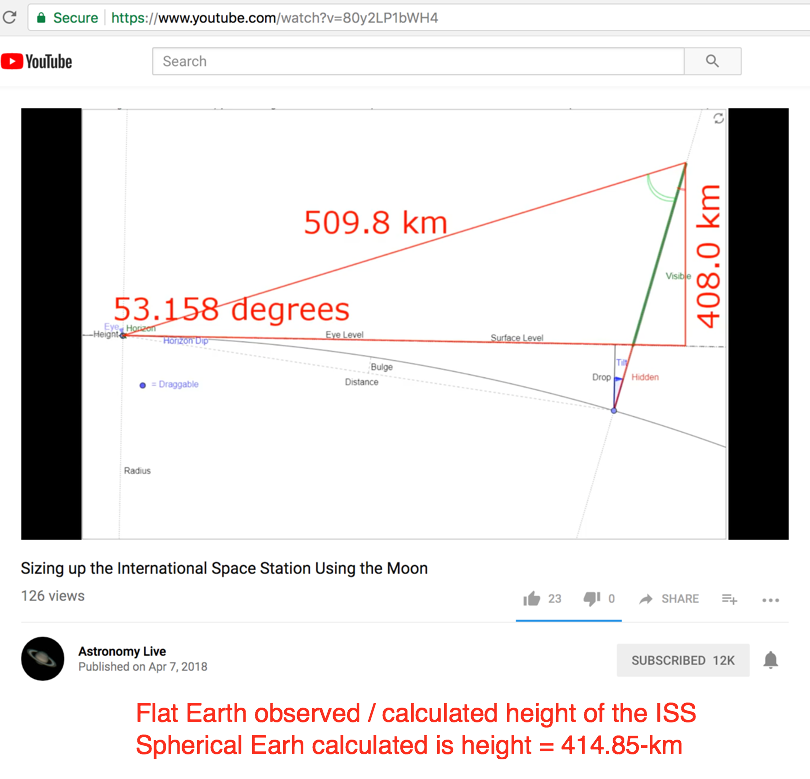
- -
Spreadsheet calcs...
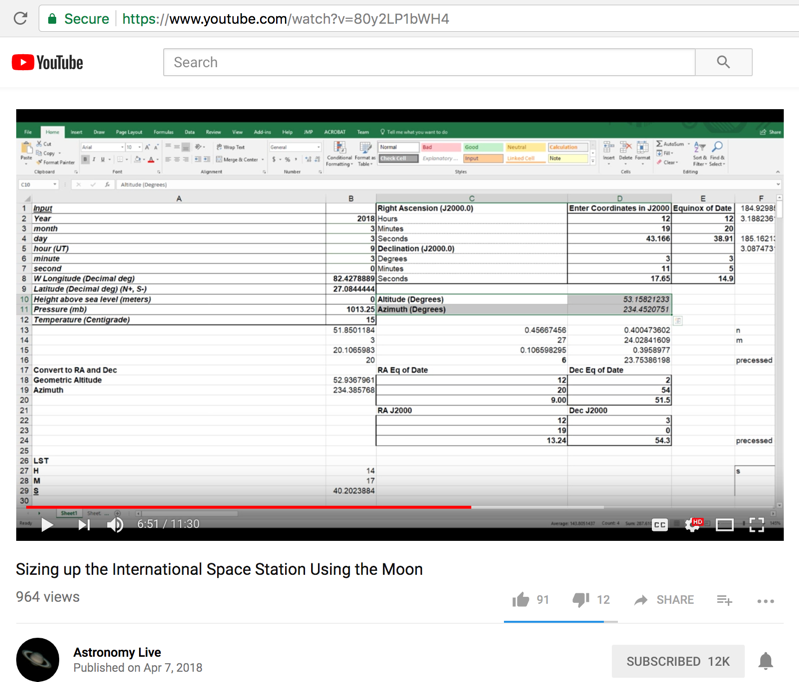
- -
Now that we know the range ( 509.8 km) we can calculate the size and velocity of the space station.
On this pass the ISS was very high and therefore the space station was presenting itself practically face-on.
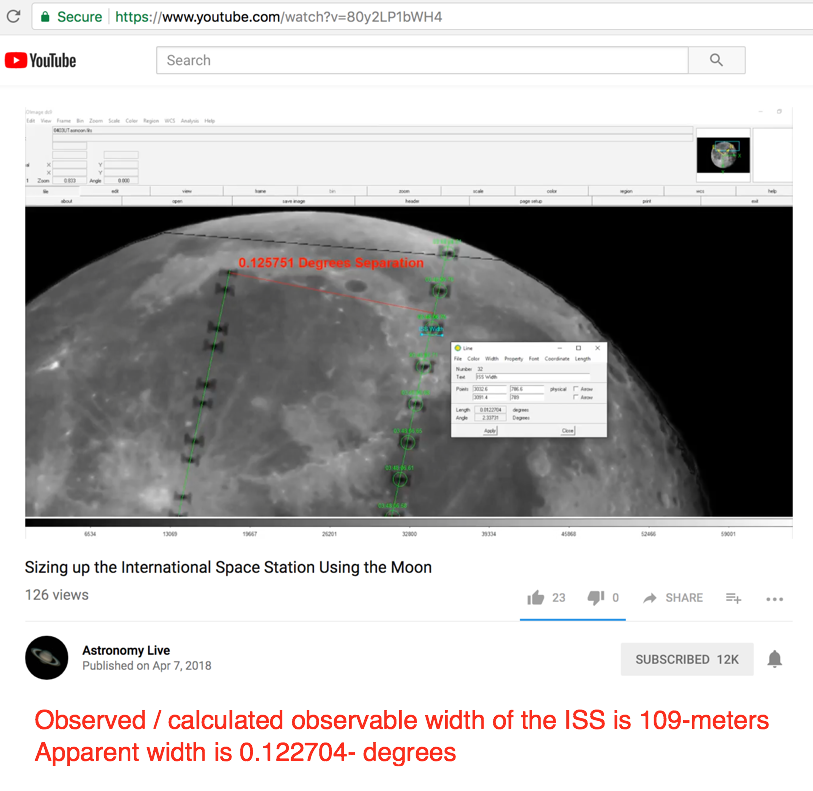
- -
Calculation of velocity vector speed based on the starting and ending position (over 0.6 seconds transit)...

Thank you Astronomy Live, Reds Rhetoric and Vincent, for this accurate historical experiment!
- - - - -
ISS Transit Finder (https://transit-finder.com/) is a great site to use for discovering when the ISS (International Space Station) is flying over your location (latitude & longitude) at the exact right orientation to been seen crossing in front of the Moon.
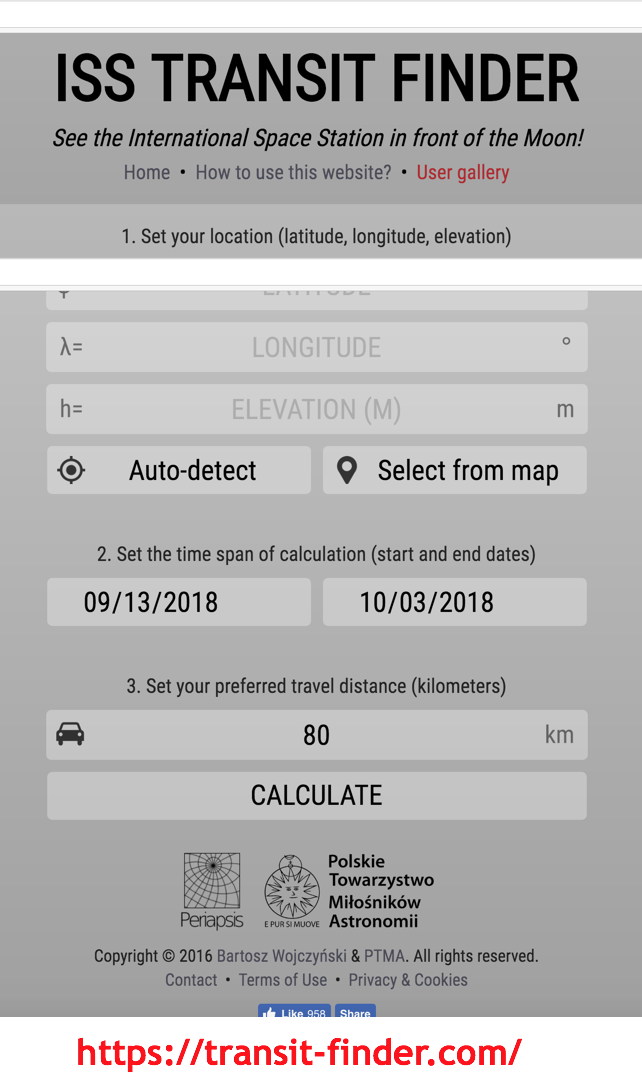
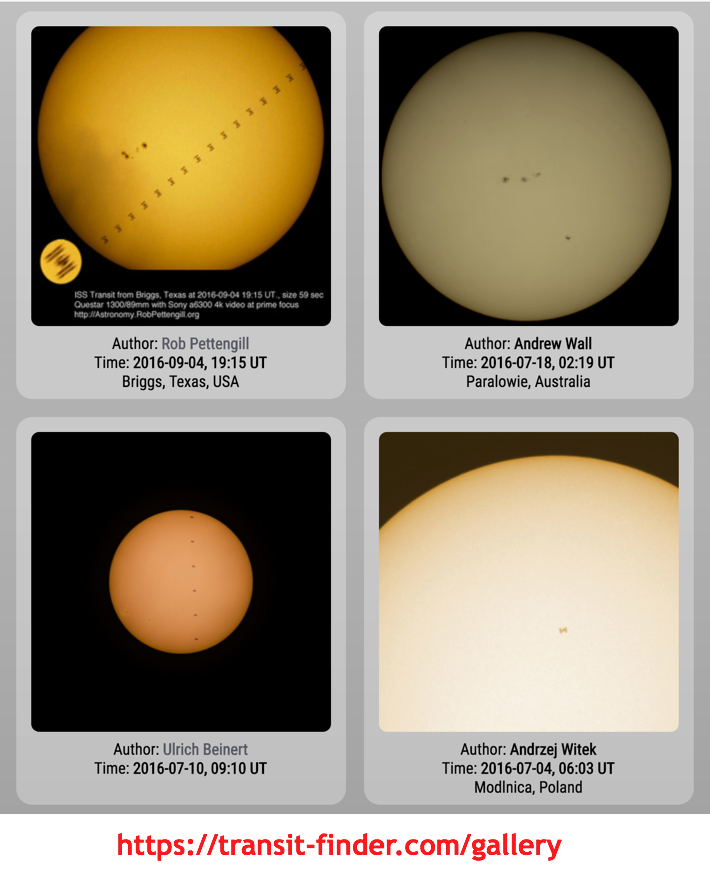
- - -
Additional new observation by Wolfie6020
ISS Solar Transit - 1st August 2019
https://www.youtube.com/watch?v=NqiqZ1JhB7Y
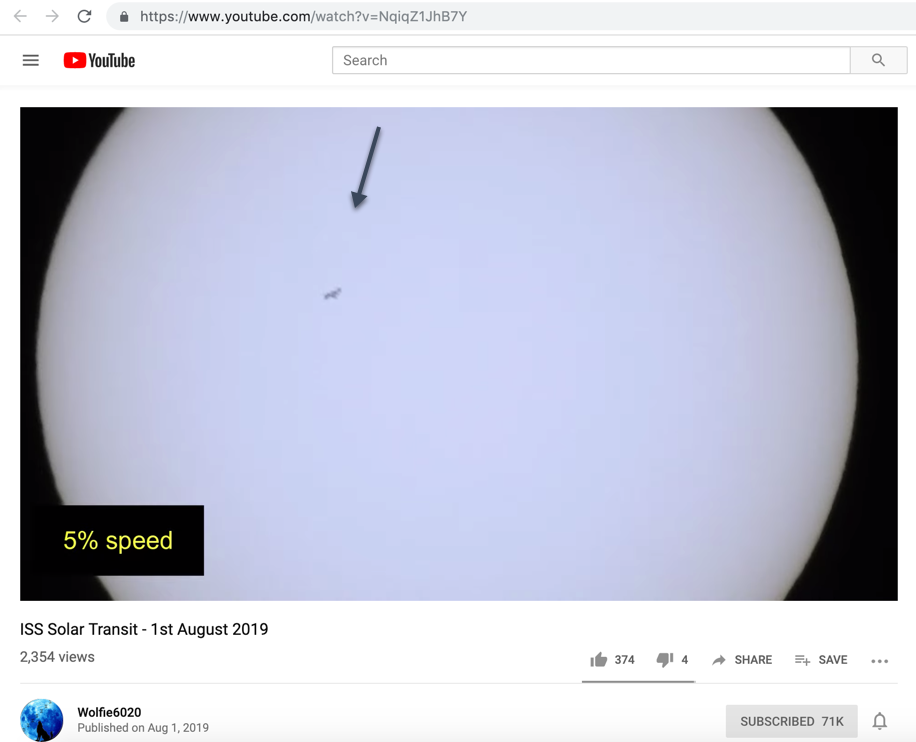
- - -
Update: November 4, 2020
Lunar Transit of the ISS - Celebrating 20 Years!, by Reds Rhetoric
https://www.youtube.com/watch?v=RYj6Nqzd6Fw
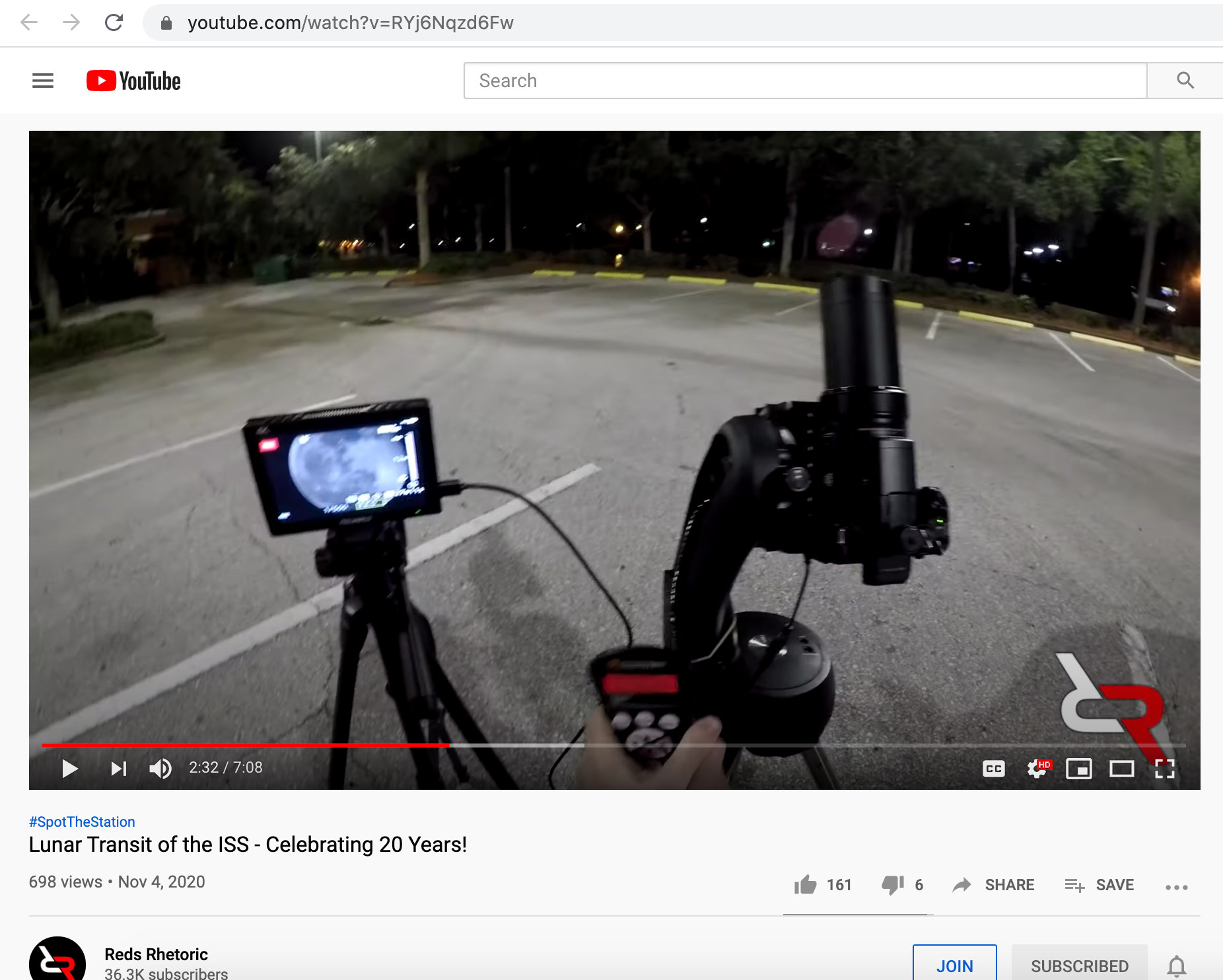
-
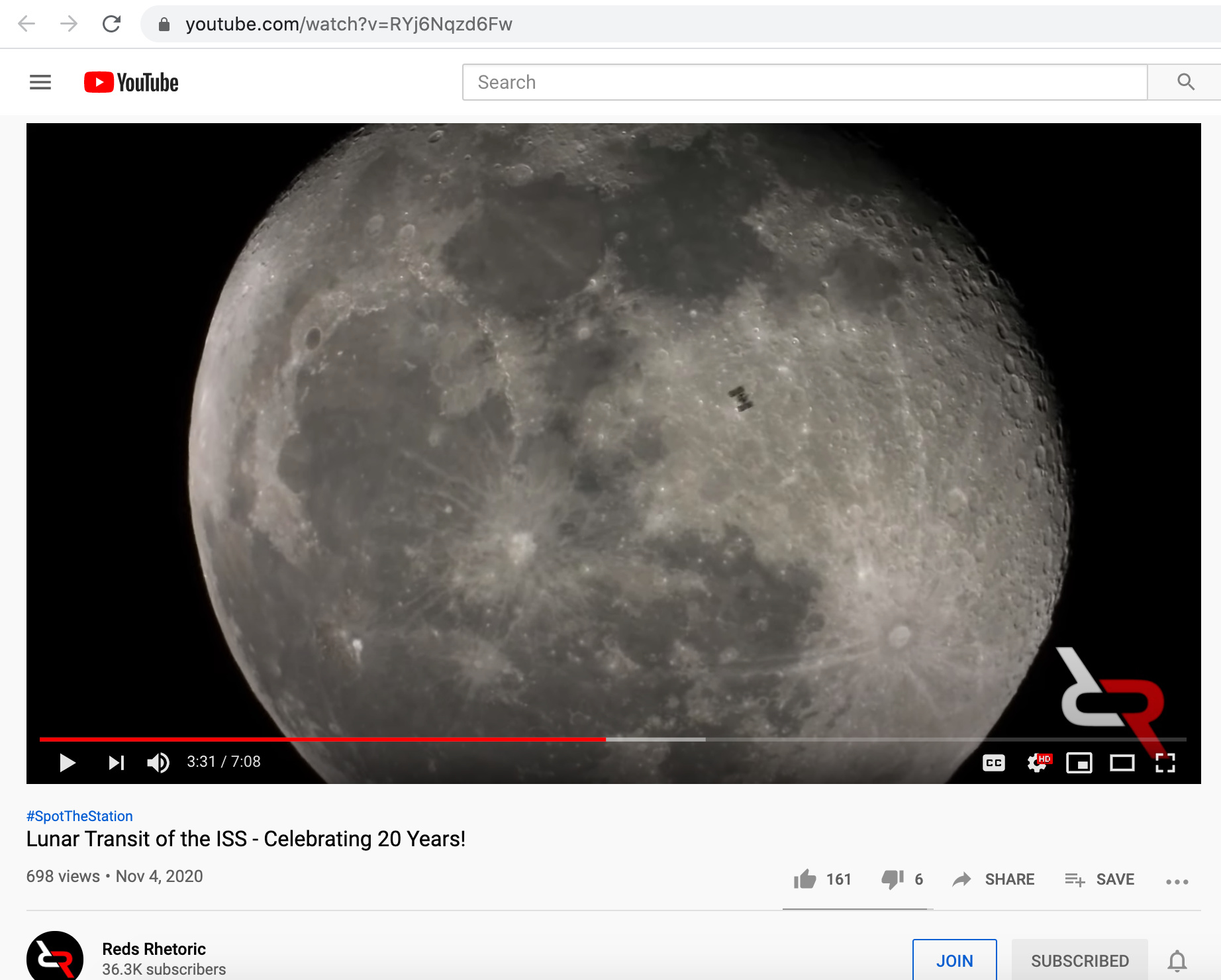
-
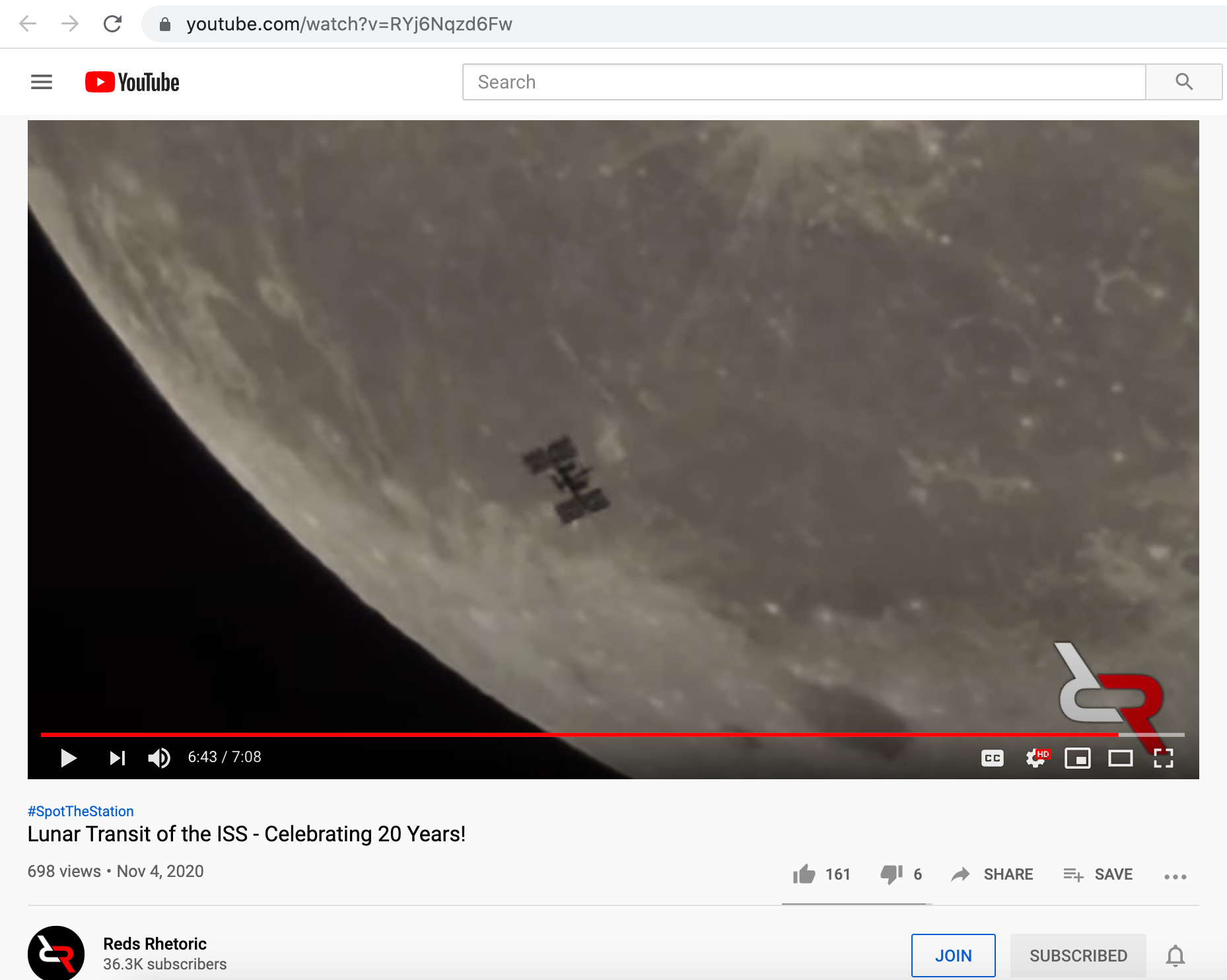
Celebrating 20 years of continuous human occupation on the international Space station!
#SpotTheStation
Many thanks to Astronomy Live - https://www.youtube.com/user/messierh...
Many thanks to Bool for helping out - https://www.youtube.com/user/booleane...
Transit Finder - https://transit-finder.com/
- - -
Update: November 10, 2020
Experiment done again but this time not using the Moon as reference.
Measuring ISS Without Using the Moon, by Astronomy Live
https://www.youtube.com/watch?v=NfOCrXT_v3Y
The observations of the ISS transit, as seen from two different locations at the SAME TIME, are superimposed here...
Difference/displacement on the images is due to parallax (ie., baseline distance from P1000 location, to LX200 location, is 2,510 feet) as the ISS is 254 miles above the Earth's surface.
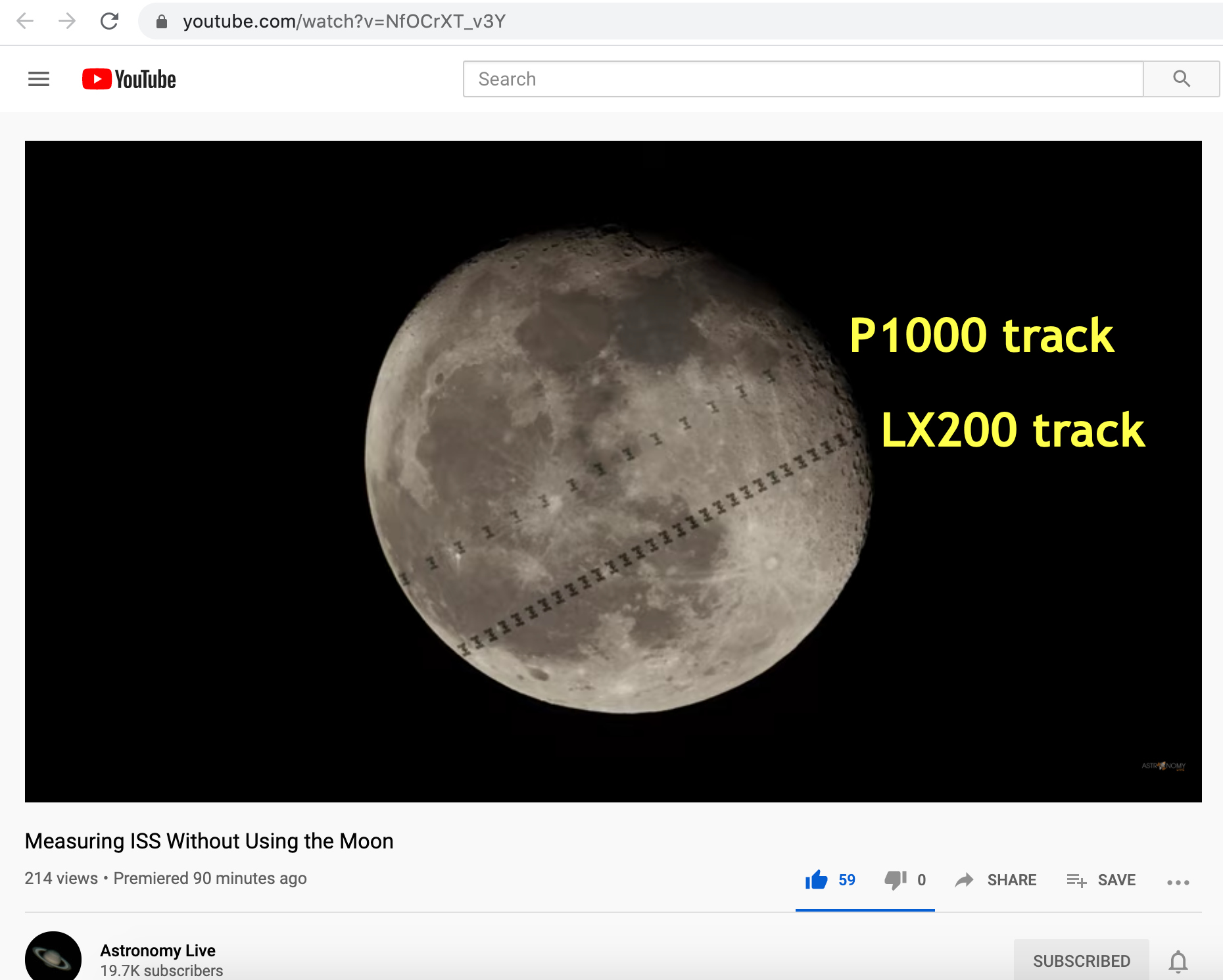
-
Blue line is the ISS transit path across the Earth's surface.
LX200 at Lowes - is the location where Astronomy Live took his pictures of the transit
P1000 at Centennial Bank- is the location where Astronomy Live took his pictures of the transit
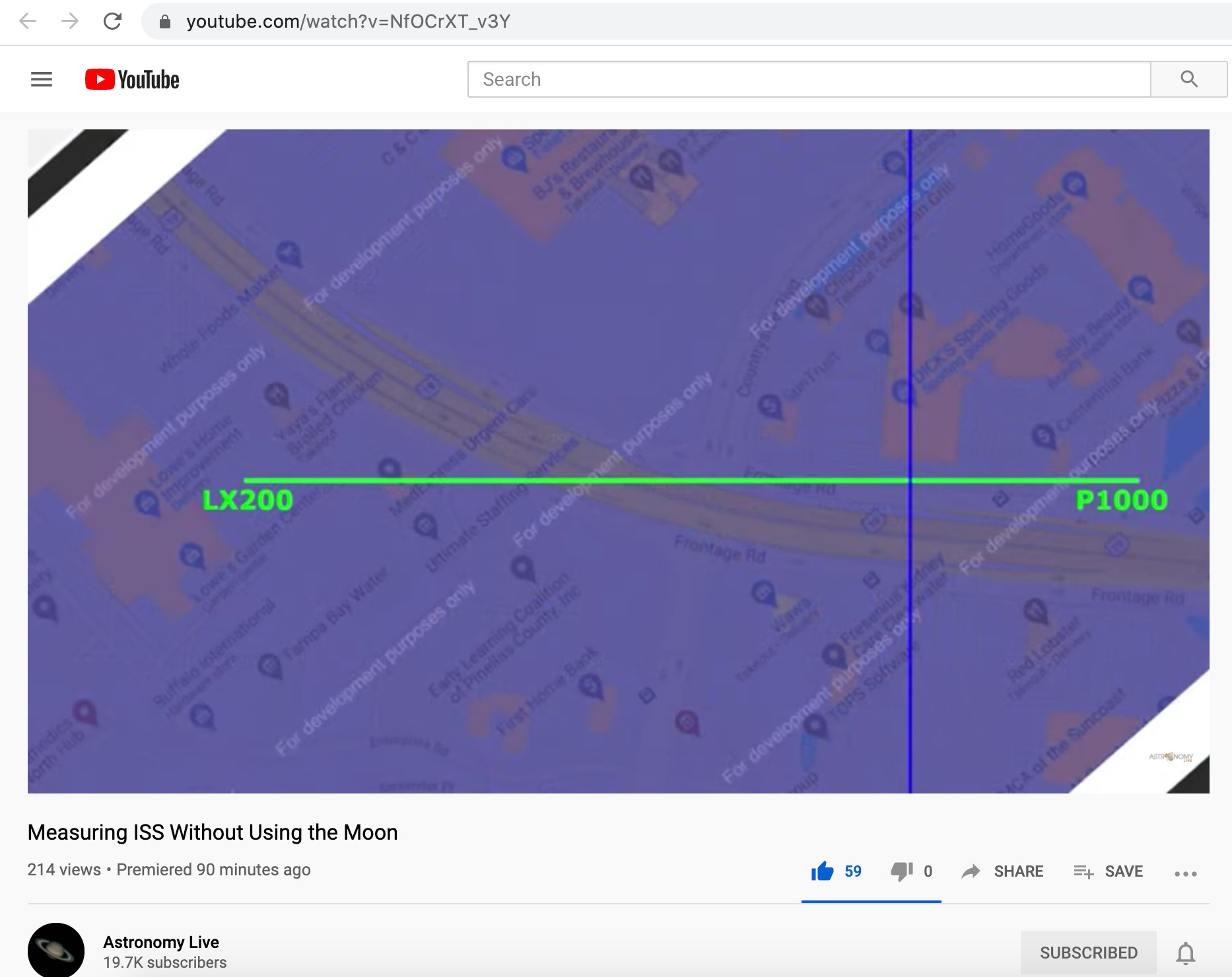
-
Same transit as superimposed against the actual night sky background stars...
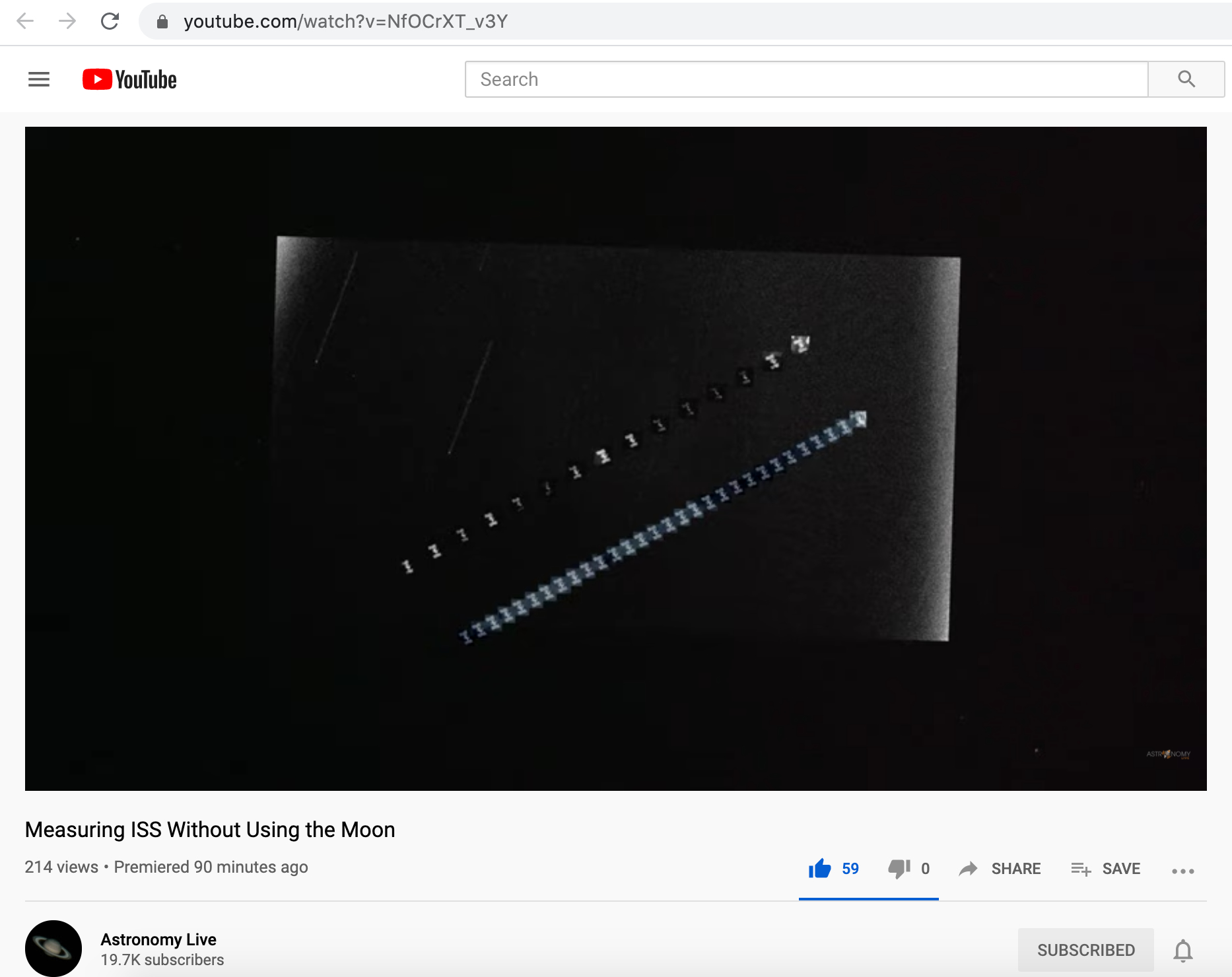
Using astrometry, I was able to verify the altitude, size and speed of ISS from two simultaneous observations of a lunar transit on the evening of the 20th anniversary of human occupation on ISS.
Red's video, Verifying the Altitude of the International Space Station: https://www.youtube.com/watch?v=z8b0C...
Astrometrically solved image: http://nova.astrometry.net/user_image...
Altitude/Azimuth Spreadsheet: https://drive.google.com/file/d/1KR2r...
- - -
Update: January 26, 2022
Stellar Parallax, by Bob the Science Guy
https://www.youtube.com/watch?v=fJRtFHxngtI
How do we find the distance to the stars? Parallax is a variation on triangulations. In addition to parallax, we employ the slide rule and introduce the small angle approximation.
Take a moment and subscribe to my new channel 'ResearchFlatMoon' for my latest videos... https://www.youtube.com/channel/UCOHd...
Join our Discord Channel at https://discord.gg/QwcFct7DWc
- - -
Update: February 5, 2022
Why do flat-eathers have such a hard time believing the International Space Station (ISS) is real when they can literally buy a telescope and see fo themselves?
https://www.quora.com/Why-do-flat-earthers-have-such-a-hard-time-believing-the-ISS-is-real-when-they-can-literally-buy-a-telescope-and-see-for-themselves
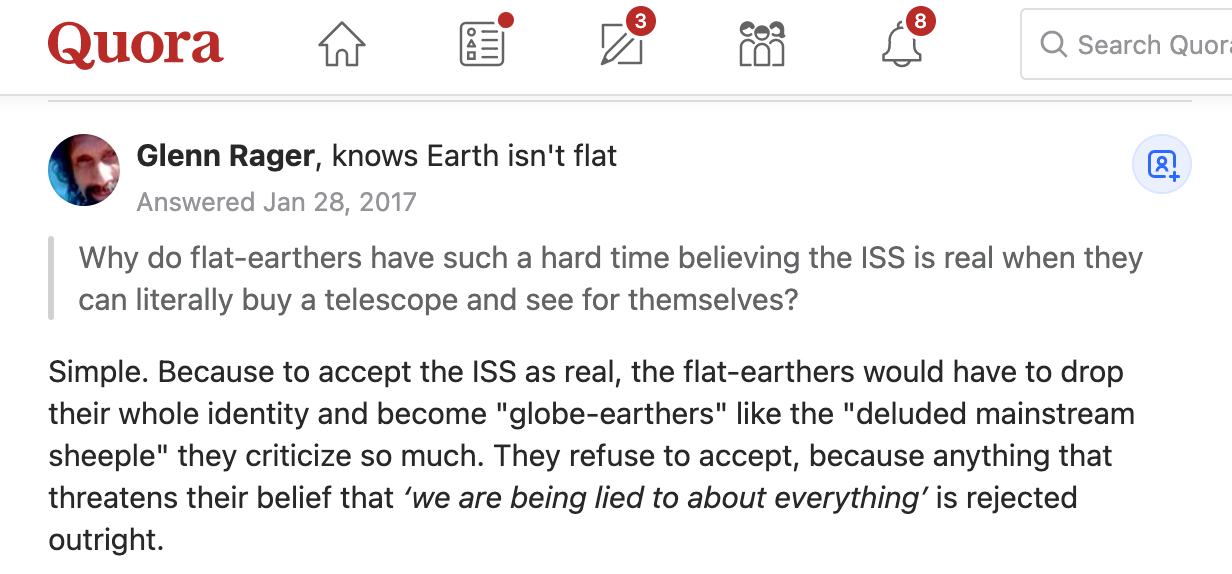
- - - - -
Published on – April 16, 2018
Discussion at - https://www.youtube.com/channel/UC7ipUKERU0tzYFxALJBli4A/discussion
Our home page all articles - http://flatearthlunacy.com
kind regards, JonahTheScientist


